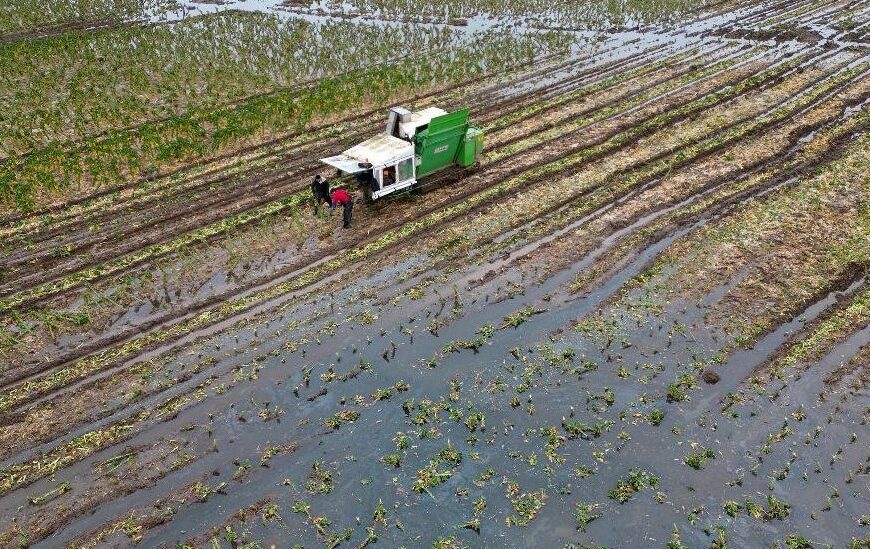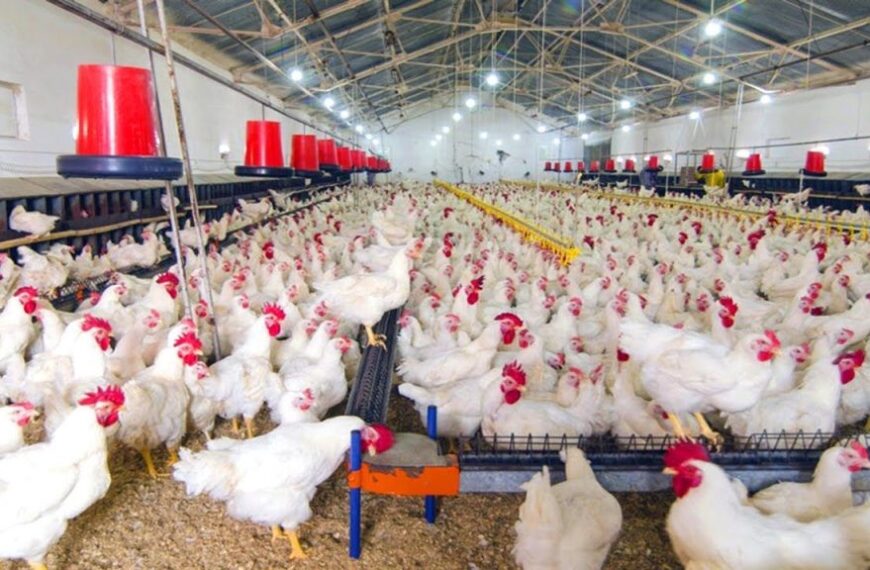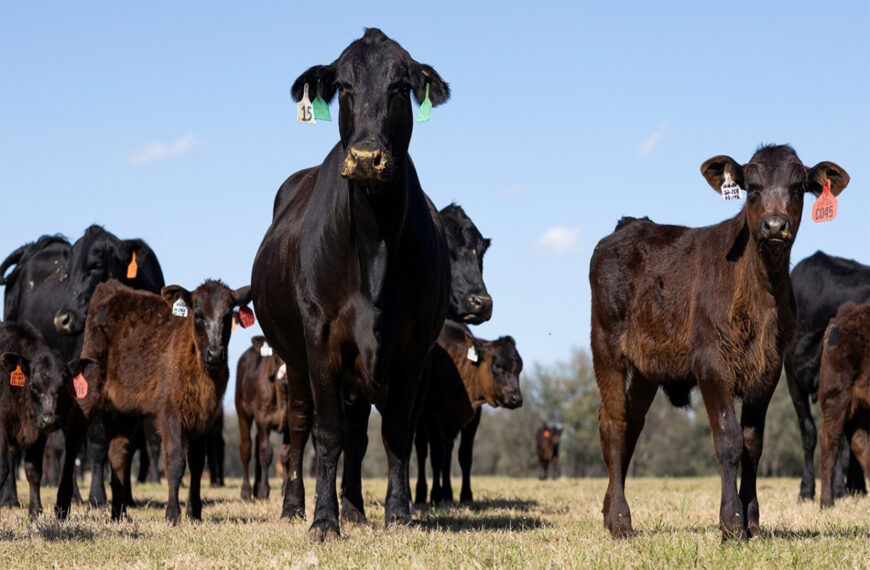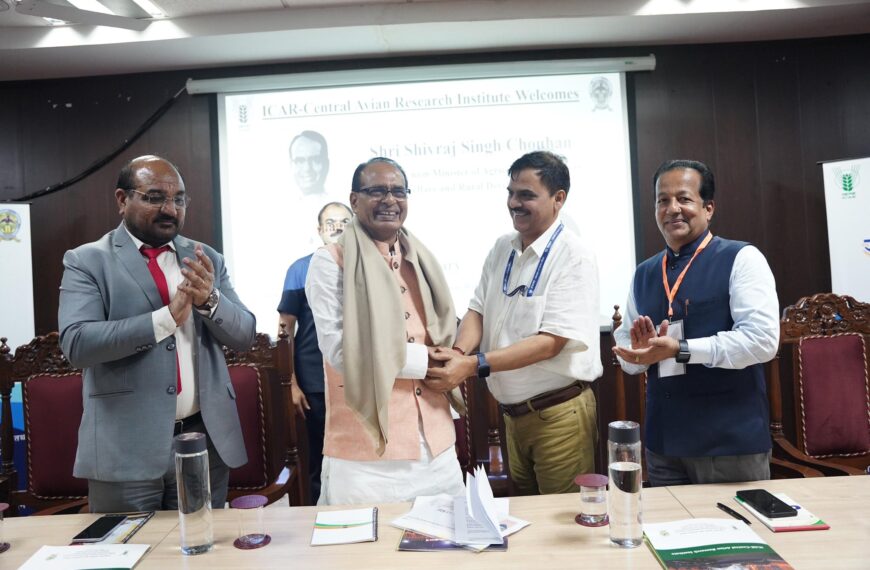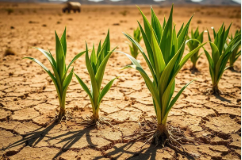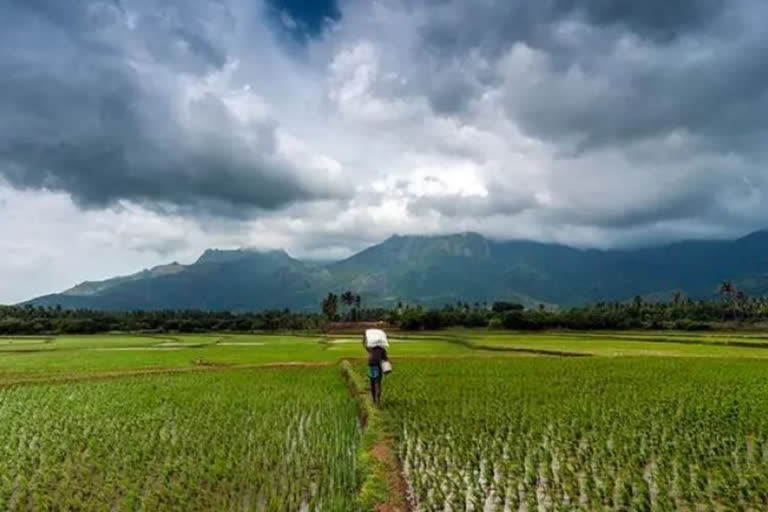
India’s 2025 monsoon season has arrived early and stronger than expected, bringing widespread optimism to the country’s farming community. The India Meteorological Department (IMD) has forecasted an above-normal monsoon, and the rains are already showing signs of fulfilling that promise.
The monsoon officially reached Kerala on May 24, nearly a week ahead of schedule, marking one of the earliest arrivals in recent years. From there, the rains advanced rapidly across the country, covering the entire Indian landmass by June 29 a full nine days earlier than the usual date of July 8. This swift and widespread coverage has helped erase early-June rainfall deficits and brought vital moisture to key agricultural regions just in time for kharif sowing.
Thanks to the monsoon’s early momentum, India recorded a 9% surplus in rainfall during June, a sharp recovery from the 31% shortfall reported in the first week of the month. Encouraged by timely showers, farmers have accelerated their planting activities. By the end of June, more than 26 million hectares had been sown, an 11% increase compared to the same period last year. Key crops like paddy, soybean, pulses, and cotton are showing good progress across central and western India.
The IMD has now predicted that July rainfall is likely to be 106% of the long-period average, further supporting the outlook of a healthy kharif season. While central and northern India are expected to receive good rain, there are some concerns that parts of the northeast and southern peninsular regions may see less-than-average rainfall.
Nevertheless, agricultural experts and policymakers are hopeful. A strong monsoon not only ensures better yields but also helps control food inflation, reduces the burden on groundwater and irrigation systems, and improves overall rural sentiment. It also supports India’s role as a leading global exporter of rice, sugar, and spices, and strengthens food security at home.
Despite the positive forecast, weather officials have cautioned about the risk of localized flooding and landslides, particularly in hilly and low-lying regions. IMD has issued heavy rainfall alerts for several states, including Gujarat, Maharashtra, Madhya Pradesh, Odisha, and parts of Telangana. Authorities are keeping a close watch on reservoir levels and river basins to manage any emerging threats.
The launch of the Bharat Forecast System (BFS) a new high-resolution weather model is expected to further improve short- and medium-range forecasting and help farmers and disaster management teams plan better during peak monsoon weeks.
As the rains continue through July and August, the next few weeks will be crucial in determining the success of this year’s agricultural output. If rainfall remains well-distributed, India could be on track for one of its best crop seasons in recent memory.
For millions of farmers waiting for timely rain to nourish their fields, the early and above-normal monsoon of 2025 is more than just a weather event it’s a much-needed sign of stability, hope, and prosperity.


